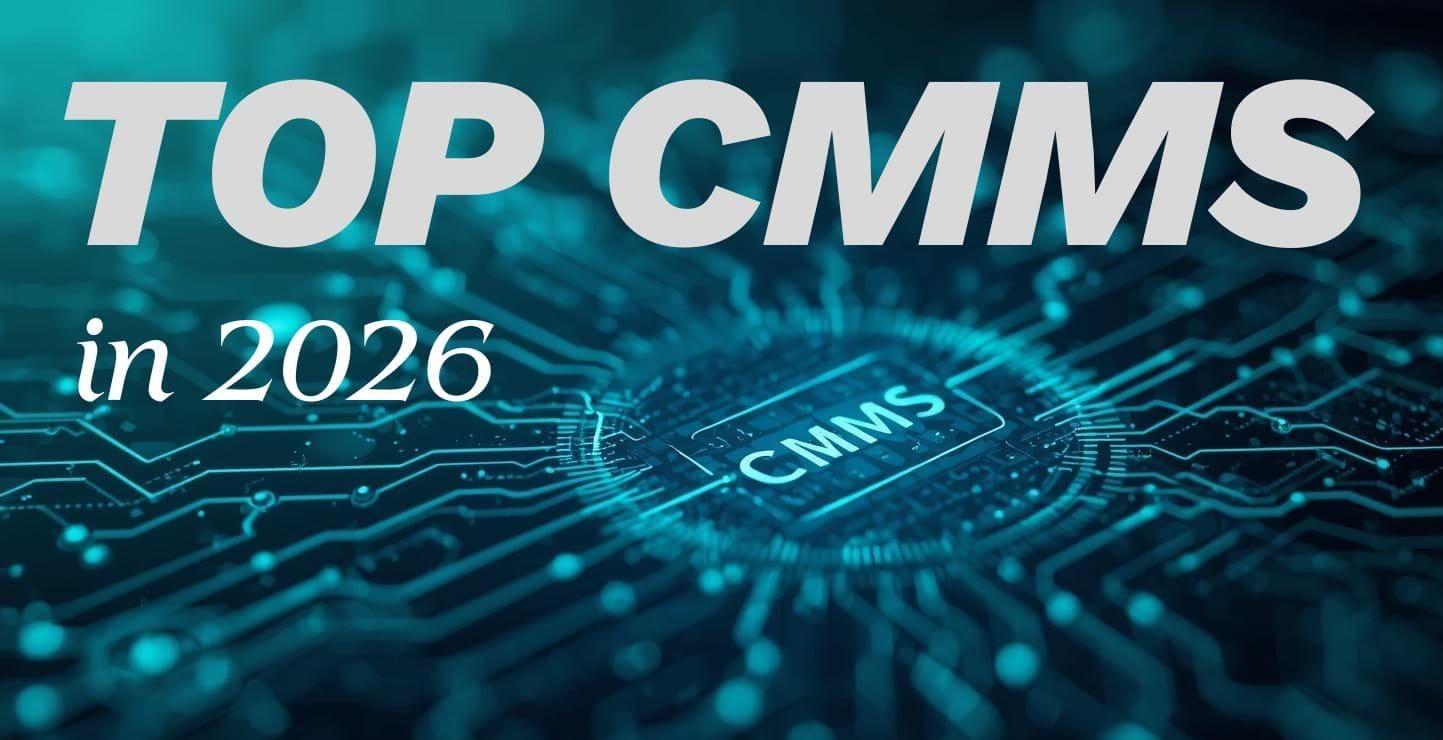Using CMMS doesn’t automatically make you compliant with regulatory guidelines. Your maintenance software provides vital tools to help your organization maintain compliance, but you need to set it up correctly to follow the standards outlined by regulatory agencies.
To support all compliance-related documentation, align your CMMS software with your team’s workflows to streamline the documentation process. Your goal should be to automate the completion of compliance tasks as much as possible and record each and every one.
Table of Contents
Track Asset History
With every work order in CMMS software, you’ll build a traceable history for your assets. When it comes to compliance, that documentation serves as the foundation for proving to regulatory agencies that your organization is doing what it needs to for compliance.
Ensure you are gathering all key data that an auditor would want, including the task, status, due date, completion date, and asset condition. This data serves as the foundation for reports that outline exactly what your team has done and when.
Manage Parts & Inventory
Inventory management tools in CMMS software can help quickly identify what you need for which piece of equipment. When an emergency arises, this information provides critical data for making cost-efficient decisions. It also helps your organization save time and money by improving tracking, stocking, ordering, and inventory processes.
Using CMMS to manage and control inventory and parts not only helps streamline operations, but also will prove to regulatory auditors that you’ve taken steps to enable the timely completion of work orders and related worker safety. You’ll have the documentation you need to answer any questions during an audit or inspection.
Automate Preventive Maintenance Tasks
When a maintenance team establishes and regularly performs preventive maintenance tasks that contribute to the upkeep of assets, an organization may be able to sidestep serious problems that arise as a result of neglect, as well as delay more expensive maintenance.
CMMS software will generate a schedule of PM tasks, making it simpler to follow the manufacturer’s guidelines. These schedules and inspections help spot issues before they occur. As each PM task is completed, you’re documenting your efforts to ensure your assets are properly calibrated and lubricated when they need to be.
Create Inspection Checklists
You can use CMMS to build inspections and checklists into your workflows. That includes tracking employee health and safety information, documenting efforts to keep equipment safe and reliable, and ensuring all safety inspections and tests are done correctly and on schedule.
CMMS encourages safety when you integrate all compliance codes and maintenance manuals to on-site equipment records. As a result, you can use maintenance software to resolve potential risks before outside auditors do. However, these safety measures aren’t just about protecting your organization in an audit or inspection. It’s in everyone’s best interest to be proactive about your employees’ health and safety.
Customize CMMS Dashboard
A configurable dashboard reduces the need to search for frequently used features or data by placing them all in a single location. End-users with the appropriate permission are able to create their personal dashboards.
These “command center consoles” will allow you to customize the content that you can view. That means you can put your most important data related to compliance front and center, where you don’t have to dig for it. CMMS software makes regulatory compliance so much easier for maintenance operations. The savings in time and effort alone pay off quickly, not to mention the reduced stress associated with inspections or audits. Contact us to learn more about how MPulse can help.






